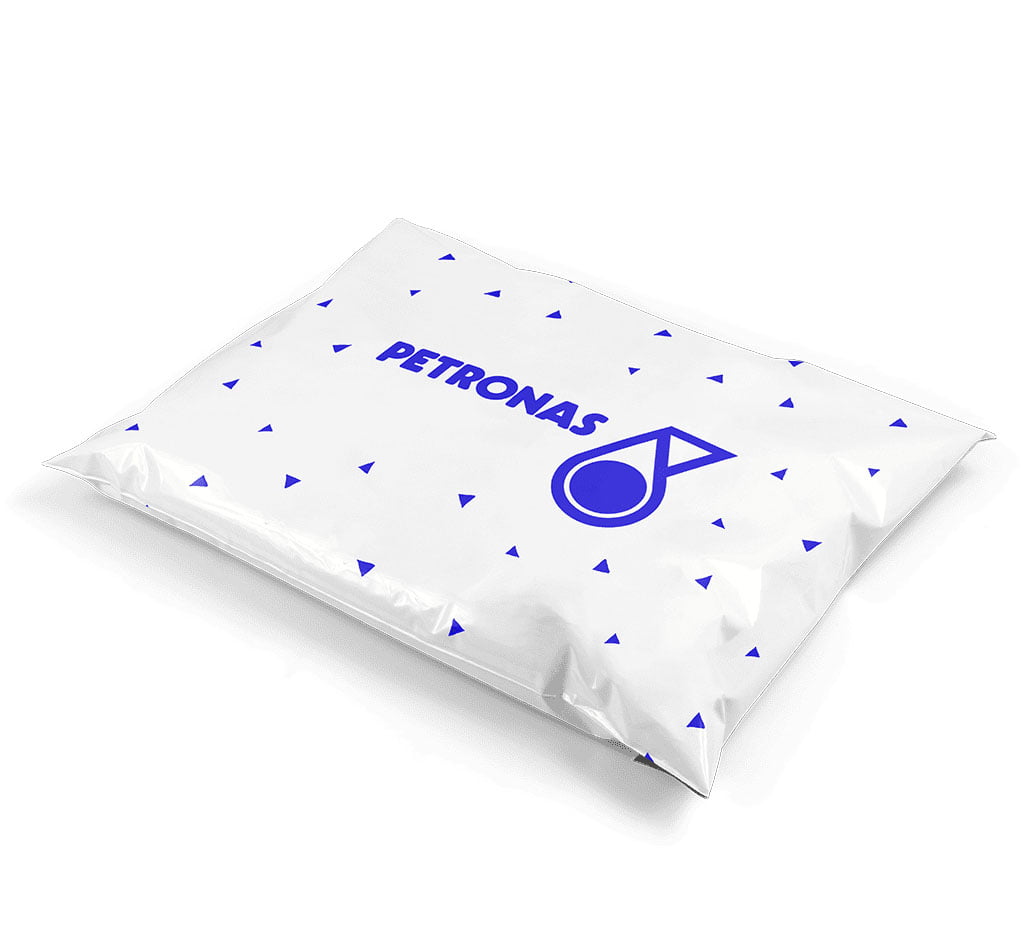In today's digital age, printing remains an essential aspect of various industries, ranging from publishing and advertising to packaging and manufacturing. Understanding the different printing processes is crucial for professionals seeking to achieve optimal results in their projects. In this blog post, we will delve into the six primary printing processes, exploring their unique characteristics, applications, and advancements in the ever-evolving world of printing.
- Offset Lithography:
Offset lithography, also known as litho printing, is the most widely used printing process globally. It involves transferring ink from a plate to a rubber blanket and then onto the printing surface. This technique offers exceptional image quality, sharpness, and color accuracy, making it ideal for high-volume commercial printing, magazines, brochures, and packaging. Recent advancements in computer-to-plate technology have further enhanced the efficiency and precision of offset lithography. - Flexography:
Flexography, commonly referred to as flexo printing, utilizes flexible relief plates and fast-drying inks. This process is particularly suitable for printing on various substrates, including plastics, paper, and cardboard. Flexo printing finds extensive applications in the packaging industry, especially for labels, flexible packaging, and corrugated boxes. The recent adoption of water-based and UV-curable inks has significantly improved the environmental sustainability and print quality of flexography. - Gravure Printing:
Gravure printing, also called intaglio printing, employs engraved cylinders to transfer ink onto the printing surface. This process excels in reproducing intricate designs, fine details, and continuous tones, making it popular for high-quality publications, security printing, and decorative packaging. The advancements in digital engraving technologies have revolutionized gravure printing, enabling faster production times and greater design flexibility. - Digital Printing:
Digital printing has witnessed remarkable growth due to its versatility, cost-effectiveness, and quick turnaround times. This process involves directly transferring digital files onto various substrates without the need for traditional printing plates. Digital printing is widely used for personalized marketing materials, variable data printing, short-run publications, and on-demand printing. The continuous advancements in inkjet and laser printing technologies have expanded the capabilities of digital printing, ensuring exceptional print quality and color consistency. - Screen Printing:
Screen printing, also known as silk screening, employs a mesh stencil to transfer ink onto the printing surface. This technique is renowned for its ability to print on diverse materials, including textiles, ceramics, glass, and metal. Screen printing finds applications in apparel decoration, signage, promotional products, and electronic circuit boards. The of automated screen printing machines and UV-curable inks has enhanced productivity and enabled precise multi-color registration. - Letterpress Printing:
Letterpress printing, historically one of the oldest printing techniques, involves pressing inked raised surfaces onto paper or other substrates. While its usage has diminished over time, letterpress printing has experienced a resurgence in the field of artisanal printing, luxury packaging, and specialty stationery. The incorporation of modern letterpress technologies, such as photopolymer plates and digital typesetting, has revitalized this traditional printing process, offering enhanced precision and versatility.
Conclusion:
As technology continues to advance, the printing industry evolves alongside it, offering an array of innovative techniques to cater to diverse printing needs. Understanding the six primary printing processes - offset lithography, flexography, gravure printing, digital printing, screen printing, and letterpress printing - empowers professionals to make informed decisions and achieve exceptional results in their respective fields. By staying abreast of the latest advancements and embracing the right printing process, businesses can effectively communicate their messages, captivate audiences, and leave a lasting impression in today's visually-driven world.

